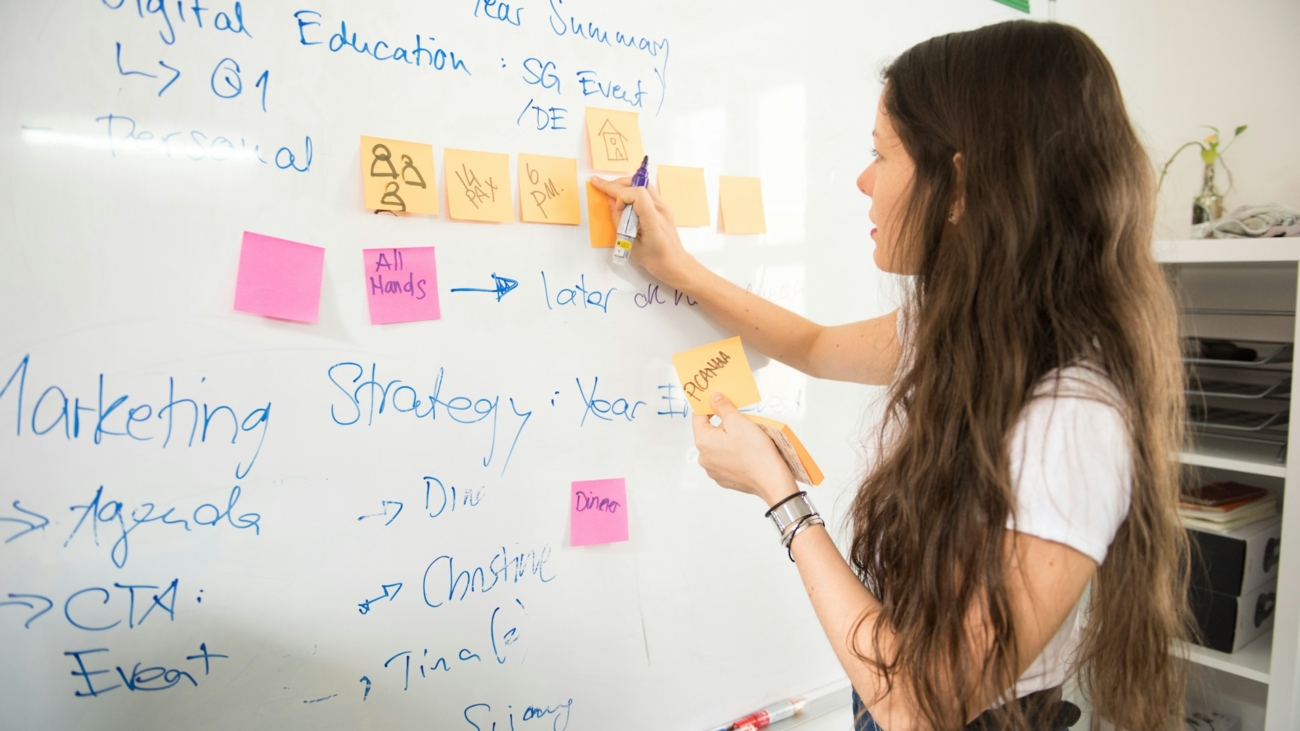In an era dominated by digital media, the ability to critically evaluate media sources and understand their influence on society and individual perspectives is paramount. The internet has revolutionized how we consume information, but it has also introduced challenges such as misinformation, bias, and the blurring of fact and opinion. Critical Media Literacy (CML) equips students with the skills to navigate this complex media landscape, fostering informed and engaged citizens. This article explores the importance of CML, its components, and effective teaching strategies to integrate it into education.
The Importance of Critical Media Literacy
1. Empowering Informed Citizens:
- CML enables students to distinguish between credible and non-credible sources, helping them make informed decisions and participate meaningfully in democratic processes.
2. Promoting Critical Thinking:
- By analyzing media content, students develop critical thinking skills, questioning underlying assumptions and identifying biases and agendas.
3. Enhancing Digital Citizenship:
- CML fosters responsible digital citizenship, encouraging students to engage ethically and respectfully in online communities.
4. Combating Misinformation:
- In an age of rampant misinformation and fake news, CML equips students with the tools to verify information and resist manipulation.
Components of Critical Media Literacy
1. Source Evaluation:
- Credibility Assessment: Teach students to evaluate the credibility of sources by examining the author’s qualifications, publication reputation, and evidence provided.
- Bias Detection: Help students identify potential biases in media content, understanding how personal, political, or commercial interests might influence the presentation of information.
2. Content Analysis:
- Fact vs. Opinion: Train students to differentiate between factual reporting and opinion pieces, recognizing the role of evidence in supporting claims.
- Rhetorical Techniques: Analyze the use of rhetorical techniques such as emotional appeals, logical fallacies, and persuasive language in media content.
3. Contextual Understanding:
- Historical and Cultural Context: Encourage students to consider the historical and cultural context of media content, understanding how it shapes and is shaped by societal norms and events.
- Media Ownership and Control: Examine how media ownership and control influence content, highlighting the impact of corporate and political interests on media narratives.
4. Digital Literacy:
- Verification Tools: Introduce students to digital tools and techniques for verifying information, such as reverse image searches, fact-checking websites, and source triangulation.
- Algorithm Awareness: Educate students about algorithms and how they shape the information they see, fostering an understanding of filter bubbles and echo chambers.
Teaching Strategies for Critical Media Literacy
1. Interactive Lessons and Workshops:
- Design interactive lessons that engage students in analyzing and critiquing real-world media examples. Workshops can focus on specific skills such as fact-checking, identifying bias, and deconstructing advertisements.
2. Project-Based Learning:
- Implement project-based learning where students research and present on current events, media representations, or the impact of social media. These projects can culminate in multimedia presentations, reports, or debates.
3. Media Diaries:
- Encourage students to keep media diaries, documenting the types of media they consume, the sources, and their reflections on the content. This exercise promotes self-awareness and critical reflection.
4. Collaborative Analysis:
- Facilitate collaborative analysis activities where students work in groups to dissect media content, share insights, and debate interpretations. This peer interaction enhances critical thinking and communication skills.
5. Role-Playing and Simulations:
- Use role-playing and simulations to help students understand different perspectives and the impact of media messages. For example, students can role-play as journalists, advertisers, or media consumers.
6. Incorporate Technology and Digital Tools:
- Leverage technology to teach CML, using digital tools for content creation, analysis, and presentation. Incorporate social media platforms, blogging, and video production to make learning relevant and engaging.
7. Guest Speakers and Expert Panels:
- Invite journalists, media analysts, and digital literacy experts to speak with students, providing real-world insights and fostering connections with industry professionals.
8. Cross-Curricular Integration:
- Integrate CML across various subjects, showing how media influences different fields such as history, science, and literature. This holistic approach reinforces the relevance of CML in all areas of study.
Case Study: Implementing Critical Media Literacy
A high school in New York implemented a comprehensive CML program as part of its curriculum. The program included:
- Weekly Media Analysis Workshops: Students analyzed news articles, social media posts, and advertisements, discussing their findings in group settings.
- Collaborative Projects: Students worked on projects examining media portrayals of social issues, creating presentations that highlighted bias and proposed solutions for fairer representation.
- Media Diaries: Students maintained media diaries, reflecting on their media consumption habits and developing strategies to diversify their information sources.
- Guest Lectures: Journalists and media experts were invited to discuss their work and the challenges of maintaining credibility and objectivity in media.
Over a year, students showed significant improvement in their ability to critically evaluate media, identify biases, and engage thoughtfully with digital content. The program fostered a more informed and engaged student body, capable of navigating the complexities of the modern media landscape.
Conclusion
Critical Media Literacy is an essential skill in the digital age, empowering students to navigate a complex media environment with discernment and confidence. By teaching students to critically evaluate media sources and understand their influence, educators can foster informed, engaged, and responsible citizens. Implementing CML through interactive lessons, project-based learning, and cross-curricular integration can transform students’ media consumption habits and equip them with the tools to thrive in an information-rich world.

